Snow piles up, the wind knifes through your coat, and there’s your neighbor’s cat trotting across the driveway like it’s late spring. How do some cats shrug off the deep freeze while others shiver near the baseboard heater? The answer is messier – and more fascinating – than “long hair equals warm.” It’s a blend of evolutionary history, physics, coat architecture, and plain old temperament. As winters grow weirder and colder snaps hit harder, understanding which breeds cope best isn’t just trivia; it’s a welfare issue. Let’s follow the clues from whisker to tail and separate cozy myth from cold reality.
The Hidden Clues
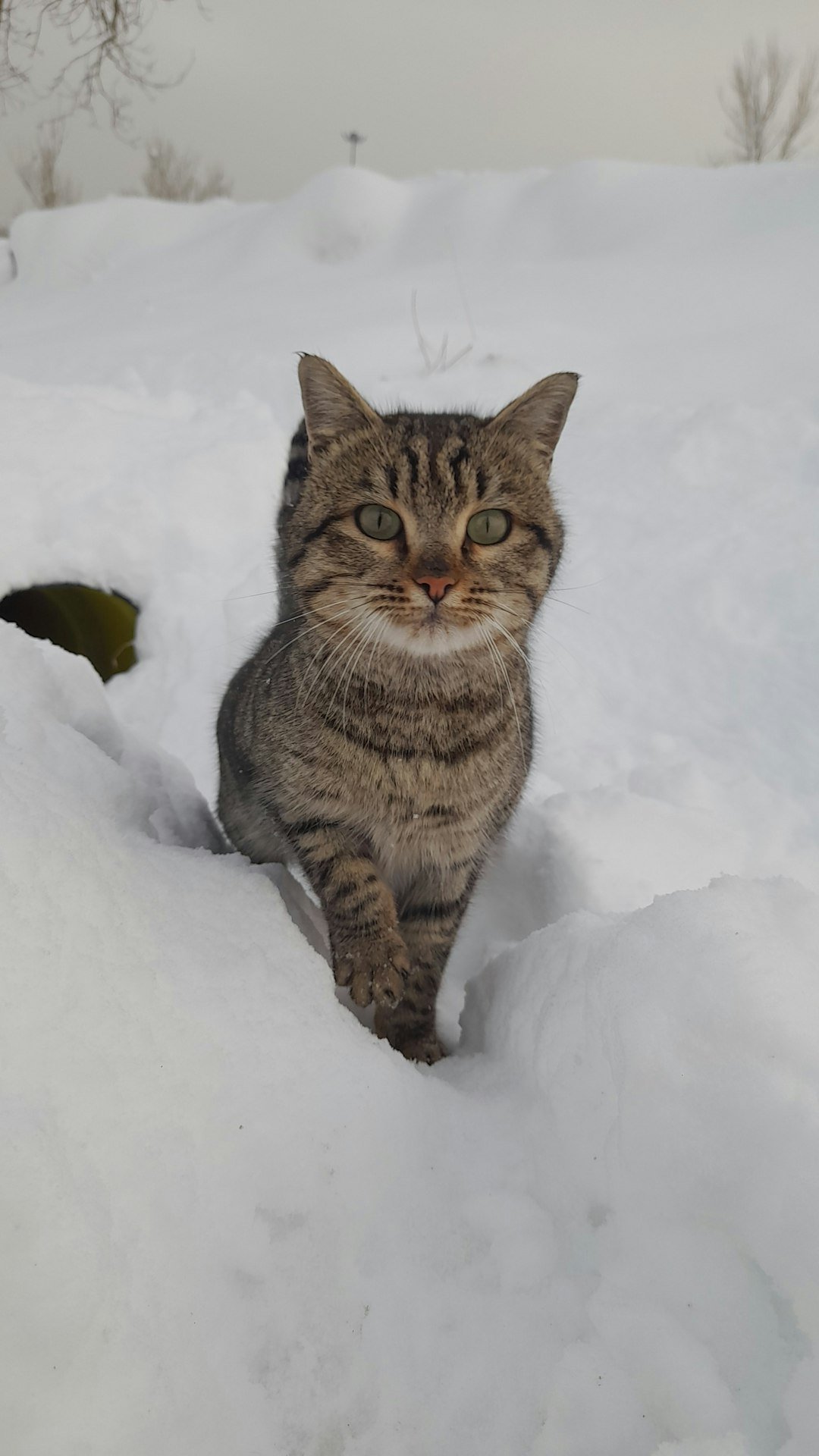
Start with the silhouette: cats built for cold look a little like living parkas, with dense coats that stand off the skin and big, tufted paws that spread weight on snow. Their fur isn’t just long; it’s layered, trapping dry air like a well-made down jacket. Bushy tails act as built-in scarves, wrapping around the face to protect sensitive noses during naps. Ears tend to be medium rather than enormous, a simple way to reduce heat loss when temperatures plunge. That shape isn’t an accident – it’s nature quietly optimizing surface area and insulation.
Then watch how these cats move and behave when it’s icy. Confident, curious wanderers that don’t panic in drizzle or flurries are usually the ones with water-shedding guard hairs. Cats that hate damp fur and sprint for the radiator often have single coats that wet through quickly. Even grooming habits matter, because overgrooming flattens the coat and swats away the air cushion that keeps warmth in. Subtle clues add up fast once you know where to look.
Cold Biology: What Keeps Some Cats Toasty
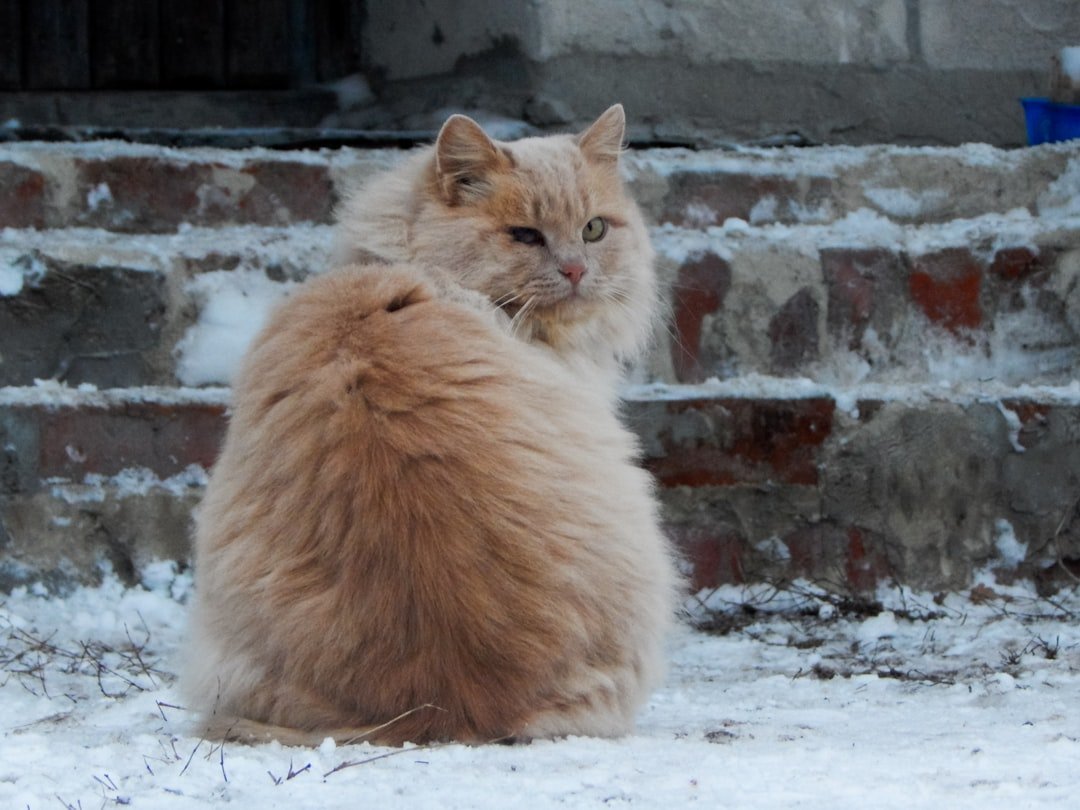
Fur is a system, not a blanket. The outer guard hairs repel moisture and ice crystals, while the undercoat puffs up to catch air, slowing how quickly heat escapes from the body. Skin glands boost this by layering natural oils that help water bead and slide off, which is critical because wet fur conducts heat away far faster than dry. Muscle and fat play a smaller role in cats than in many dogs, so coat quality and body shape do the heavy lifting in winter. Even whisker and paw-pad nerves contribute, guiding cats to choose ground that saps less heat.
Thermoregulation is behavioral, too. Cold-adapted cats lower their profile to the wind, loaf to protect paws and bellies, and seek high, dry perches where drafts are weaker. They power-nap more to conserve energy, then burst into play to generate heat on demand. Hydration helps the coat function, because dry hair breaks and mats, destroying that precious insulating loft. In short, anatomy sets the stage, but daily micro-choices decide whether a cat stays warm.
From Ancient Trails to Modern Genetics
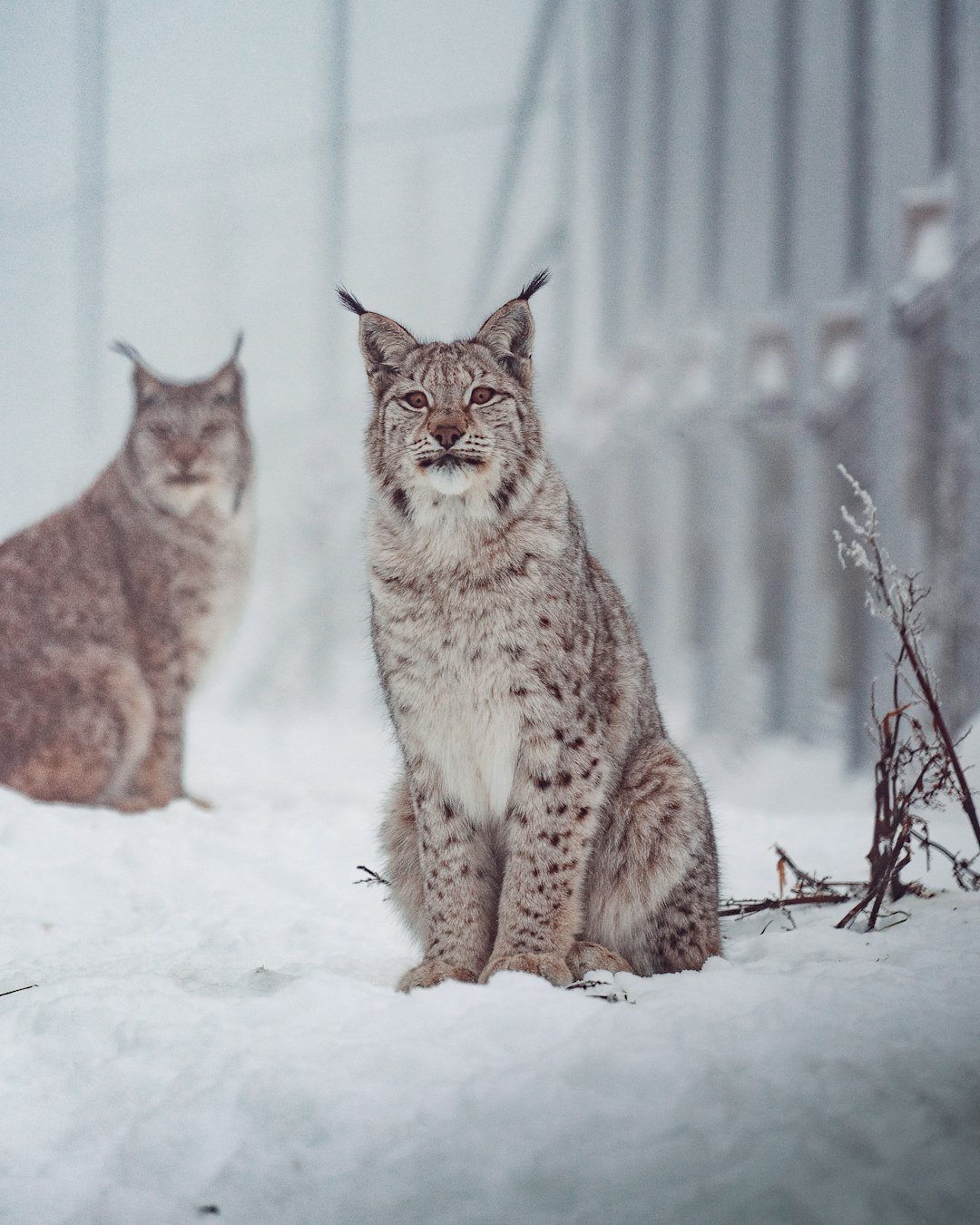
Most domestic cats descend from desert-dwelling ancestors, yet some lineages marched into snow country alongside people. Farm cats in Scandinavia and Russia earned their keep as grain guardians, gradually favoring thicker coats and bigger frames that tolerated barns with winter drafts. In North America, rugged ship cats and mill mousers spread inland, and those that thrived in blizzards passed on practical traits like water-resistant fur. Over generations, that quiet selection shaped the breeds we recognize today as cold-capable.
Modern genetic work hints at the same story: coat proteins, follicle density, and hair-cycle timing vary by lineage in ways that match climate histories. It isn’t that one “winter gene” flips everything; it’s lots of small switches that together build a coat with structure and timing that peaks when frost does. That’s why two longhaired cats can behave differently in sleet – one sheds water like a waxed jacket while the other mats and chills. Heritage, in this case, is a survival toolkit stitched into the fur.
Breeds That Brave the Deep Freeze
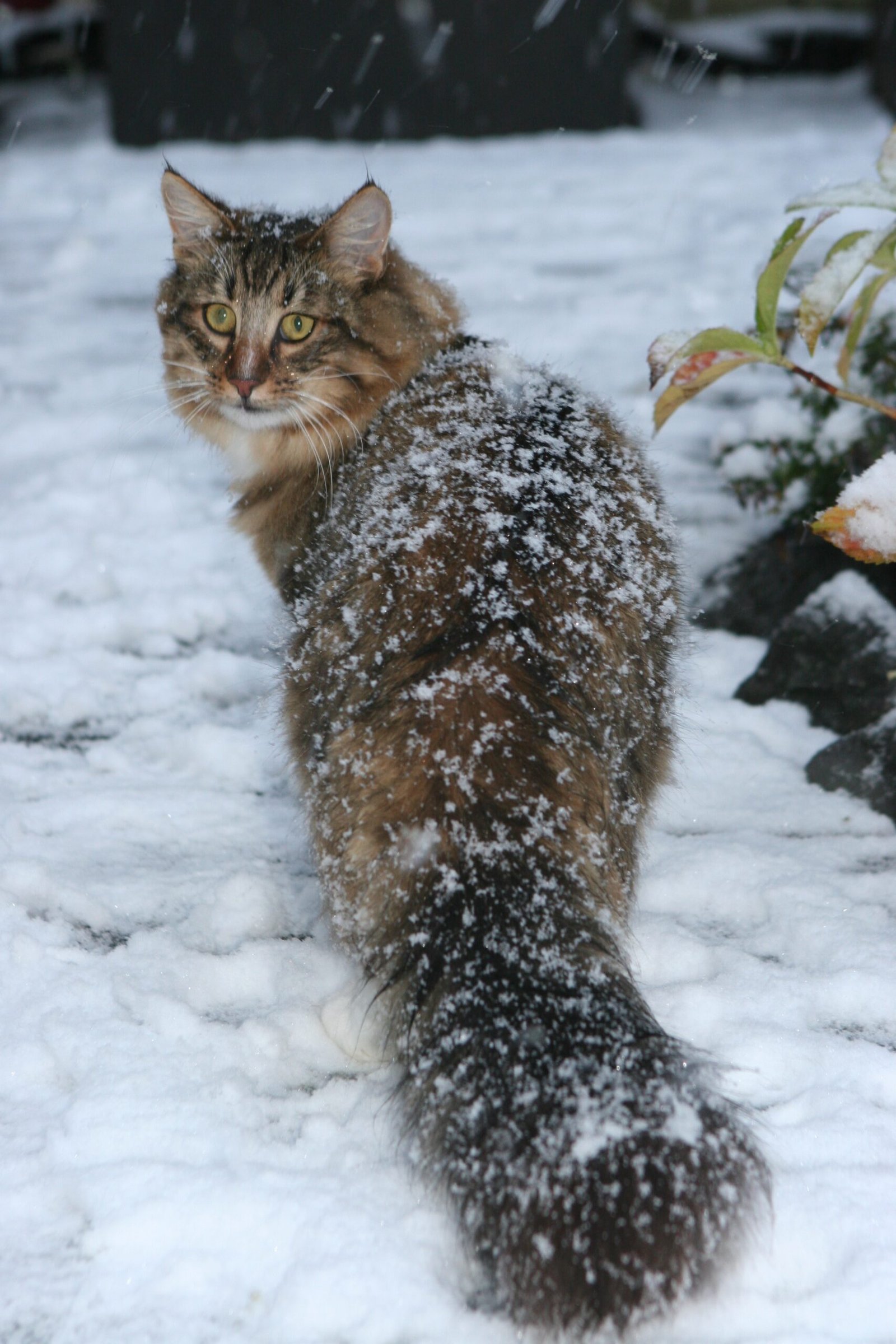
The Norwegian Forest Cat is a snow-country icon, built like a little lynx with a double coat, weatherproof guard hairs, and snowshoe paws; it’s the cat you picture perched on a frost-glazed fence. Siberians bring a similarly plush, often triple-feeling coat, plus a springy texture that keeps air pockets intact even after a romp through slush. Maine Coons wear a shaggy, slightly oily coat that sheds water and a long, flag-like tail that doubles as a face wrap during naps. Chartreux cats carry a famously woolly, blue-gray coat that feels like felted smoke and holds warmth remarkably well for a medium-length fur.
Turkish Vans deserve a nod for their seasonal, water-repellent coats and sturdy frames, particularly in shoulder seasons with wet snow. Some robust shorthairs – think American Shorthair or British Shorthair – handle cold houses better than many expect thanks to dense, plush pelts, though they’re still no match for true Arctic specialists. Individual variation matters, so a well-kept mixed-breed with a lush undercoat can out-comfort a purebred with poor coat care. Still, if you live where windows frost from the inside, these heritage cold-weather types tend to be safer bets.
Not All Fluff Is Frost-Proof
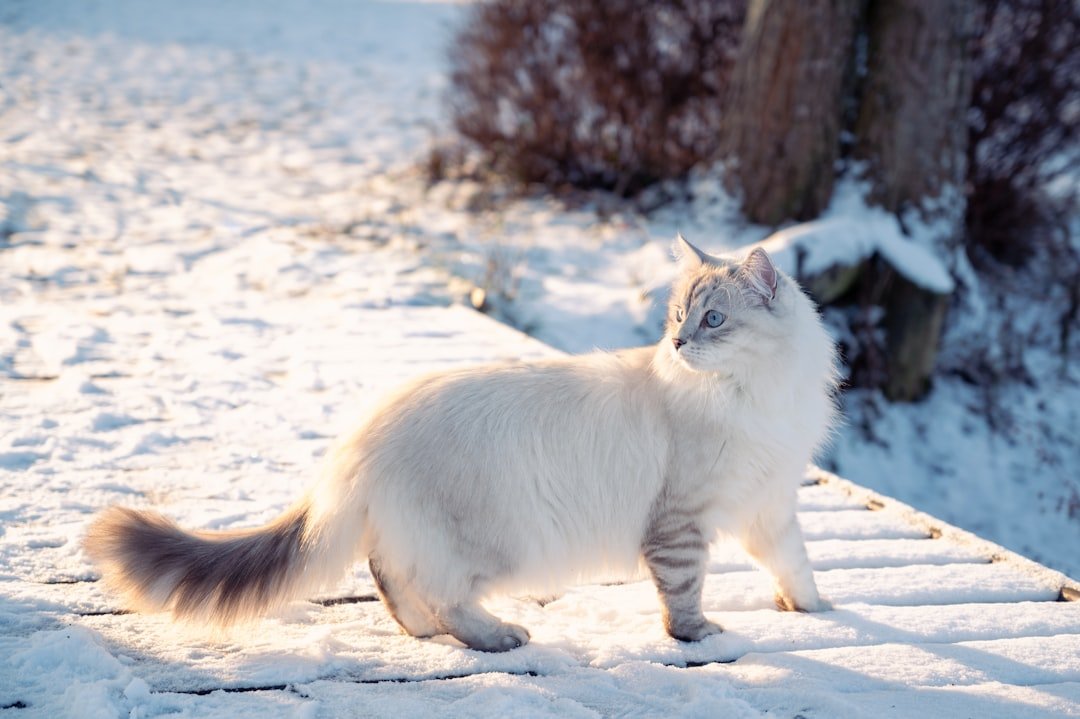
Long hair can fool you. Persian and Himalayan cats wear glamorous coats but often lack the water-shedding guard-hair structure that keeps snow from melting into the undercoat; mats and moisture quickly steal heat. Ragdolls are gentle, indoor-centric companions whose calm temperament isn’t ideal for coping with icy surprises or sudden sleet. Hairless and very short-coated breeds like Sphynx, Cornish Rex, and Devon Rex need sweaters, heated beds, and vigilant care the moment the forecast dips; they radiate heat like tiny stoves without insulation.
Health quirks also matter. Cats with breathing challenges or joint issues may struggle more in cold, even if their fur looks thick on camera. Age is another big lever, as kittens and seniors lose heat faster and react slower to drafts. If a cat seems “stuck” near warm appliances or refuses to move from a sunny patch, that’s a red flag that the environment – not the breed – is deciding comfort levels. Fluff helps, but it isn’t a forcefield.
Why It Matters
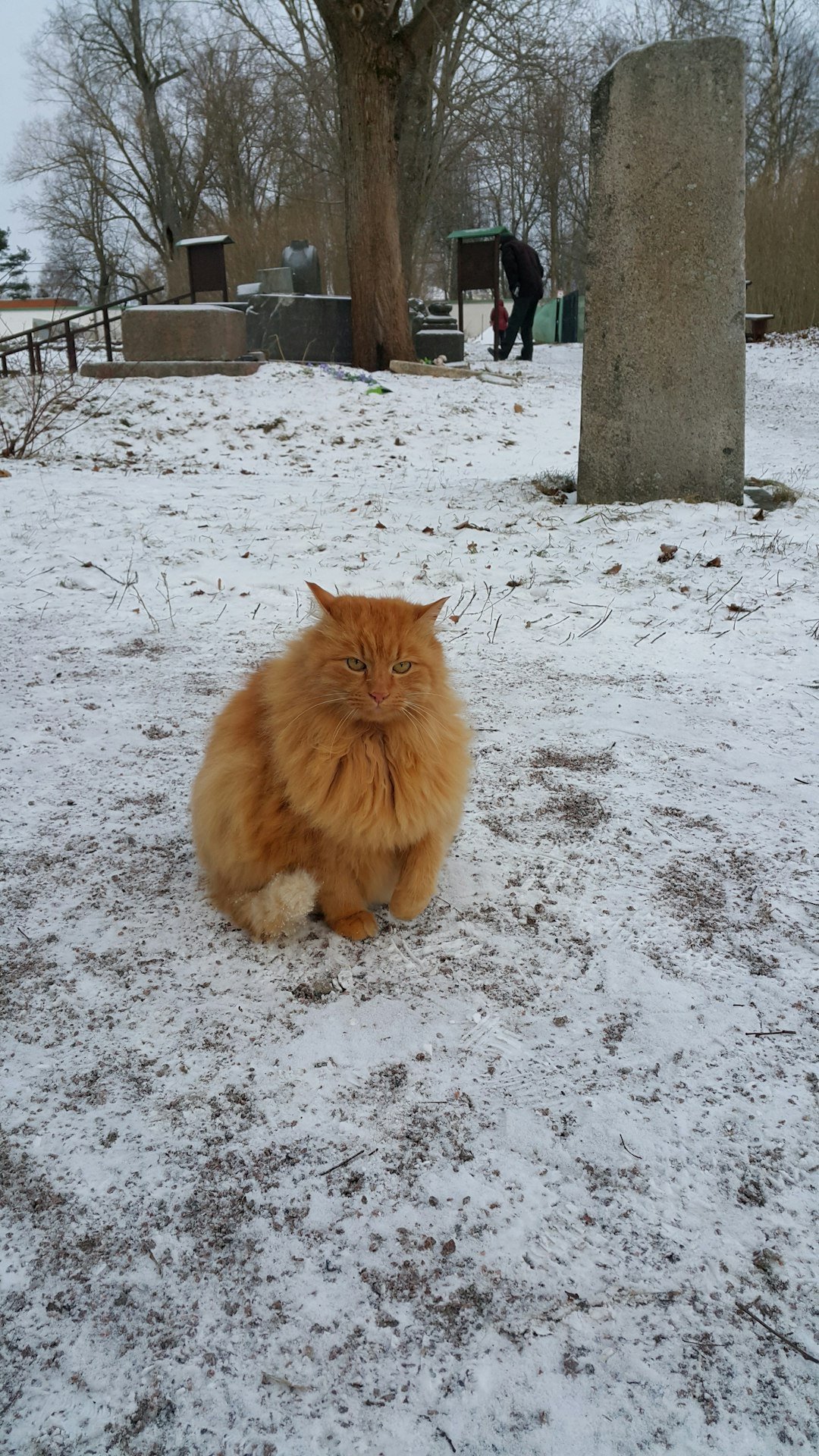
This isn’t just about cozy vibes; it’s about preventing frostbite, hypothermia, and panic-driven escapes during cold snaps. Veterinary clinics see a predictable uptick in cold-related injuries when storms knock out power or when wet snow lingers, and the right coat can literally buy a cat more safe minutes to get home. Comparing to “traditional” advice like simply adding a sweater, breed-level coat architecture is a far better predictor of safety because it changes how heat leaves the body in wind and wet. In other words, a water-repellent double coat beats a cute knit every time once sleet starts.
On the household side, winter-ready breeds cope better with cooler thermostats, which many families choose to save on energy or during outages. That means less stress, fewer behavioral flare-ups, and fewer risky attempts to find warmth in engine bays or dryer vents. As someone who once coaxed a shivering shorthaired foster out from behind a freezer after a cold snap, I’ve seen how fast the line between fine and not-fine can vanish. Getting the “cold equation” right keeps curiosity from turning into a crisis.
Global Perspectives
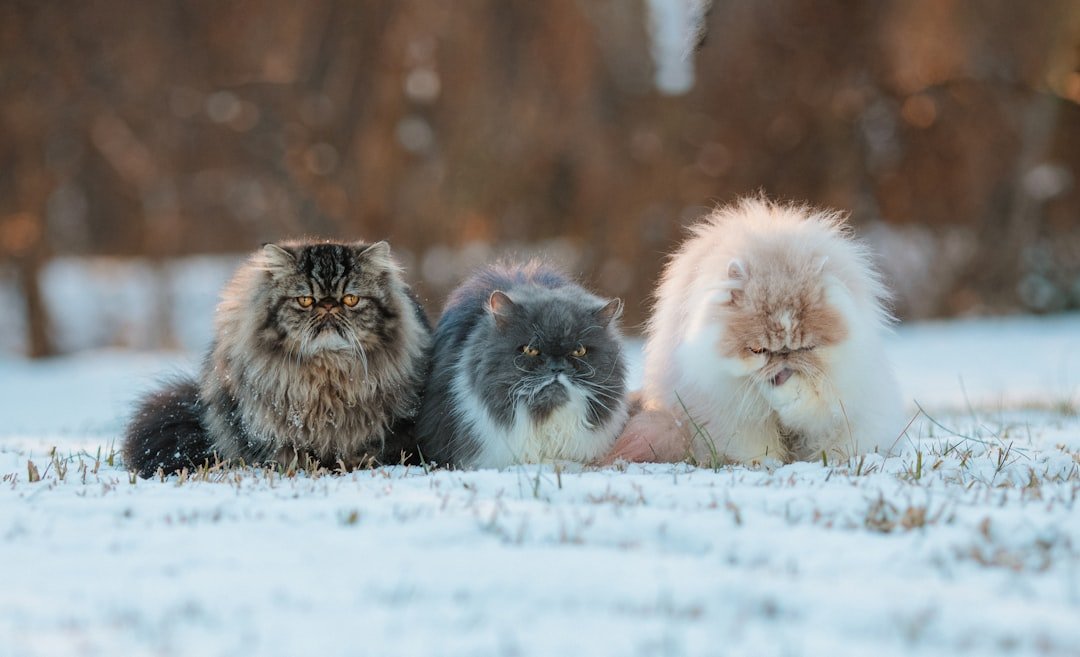
Freezing states aren’t monolithic; lake-effect blizzards in the Upper Midwest feel different from brittle, dry cold on the High Plains or sleet-heavy Nor’easters. Breeds with water-shedding coats often fare better along coasts where wet cold dominates, while loftier undercoats shine in interior cold snaps with powder snow and fierce wind chills. Housing stock matters, too: drafty farmhouses reward rugged, double-coated cats, while super-insulated urban apartments make many breeds comfortable as long as play and enrichment are steady. Cultural habits also shape outcomes, from outdoor access norms to widespread use of pet-safe ice melt.
Around the world, similar patterns appear. Scandinavian households lean into winter-savvy breeds for historical reasons, while in milder regions, single-coated and hairless breeds thrive indoors without issue. Climate variability is the curveball, making even traditionally mild areas experience surprise freezes that test feline resilience. In every case, preparation and breed-aware care beat assumptions about what “should” be fine.
The Future Landscape
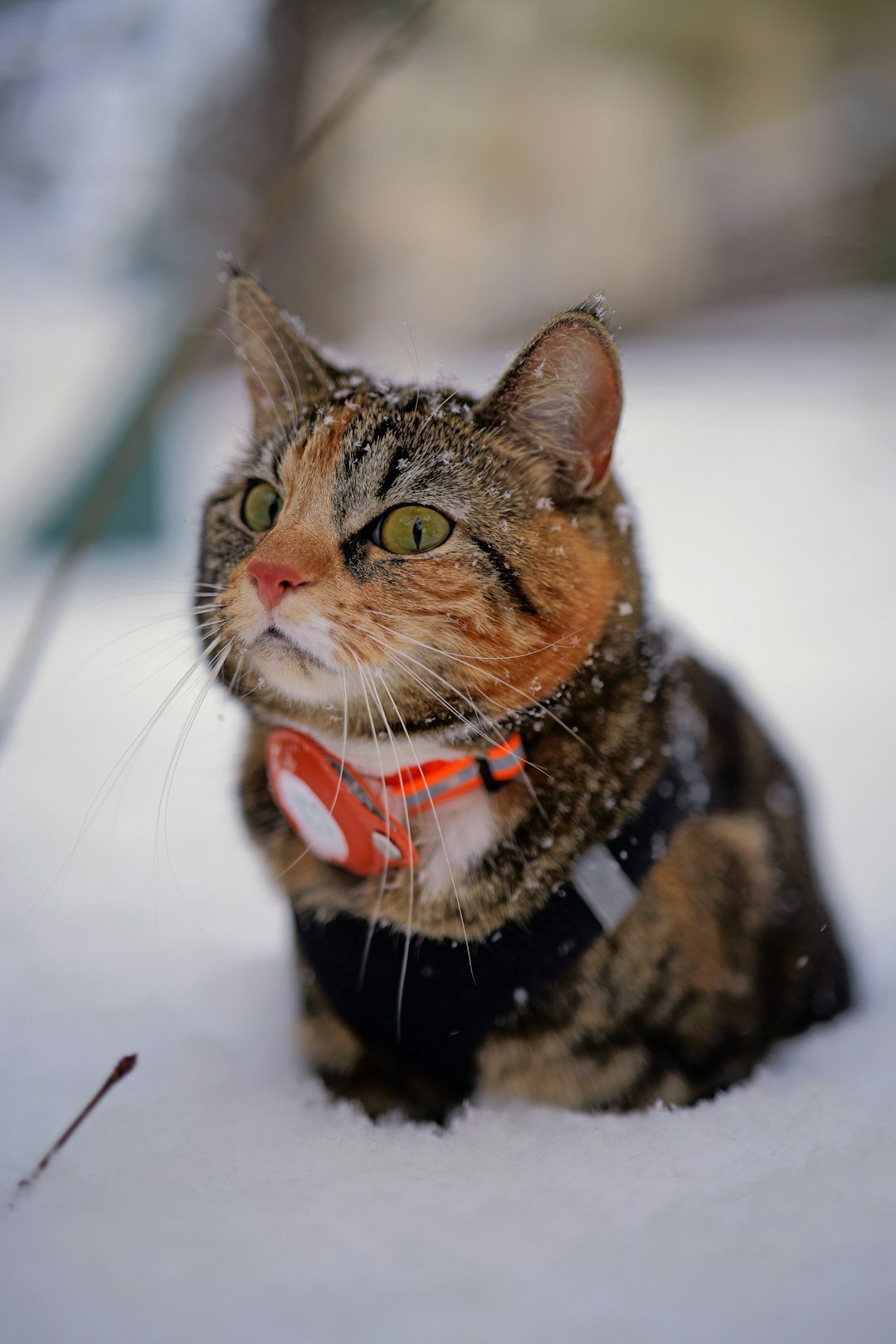
As climate swings widen, the same cat might face rain-on-ice one week and polar winds the next, challenging even the best natural insulation. Expect gear to get smarter: thermostatically controlled heated beds, breathable yet water-shedding pet coats designed for felines, and bootie materials that maintain grip without chilling paws. Breeders and shelters are also leaning on better coat-care education, since mat-free undercoats and healthy skin oils can make the difference between cozy and cold-stressed. Genetic insights may one day guide healthier selection for coat function without amplifying known breed health risks.
Urban design could play a role, too, with micro-shelters in community cat programs and better guidance for cold-weather emergency kits. The big challenge will be avoiding complacency – assuming yesterday’s winter routine covers tomorrow’s ice storm. The opportunity is simple and humane: blend good science with everyday habits so more cats stay safe when the weather flips from brisk to brutal. That’s a future worth planning for before the first hard freeze hits.
Conclusion
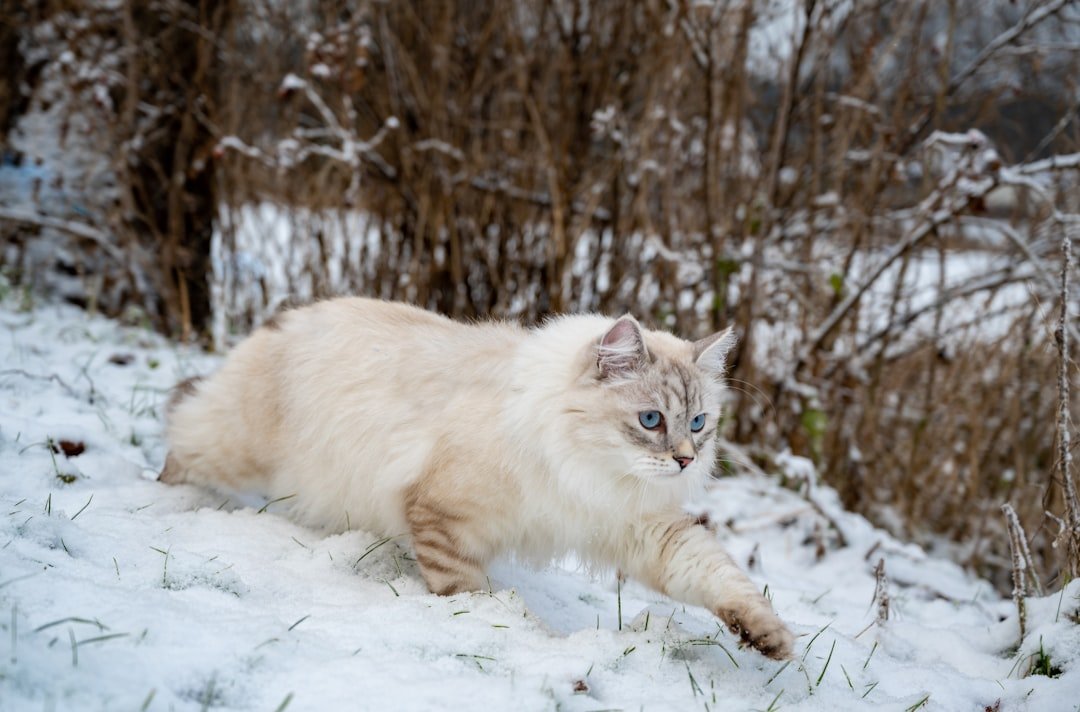
Match the cat to the climate, then prepare like a cautious mountaineer. If you live where winters bite, favor breeds with proven double coats and sturdy builds, and keep even the toughest snow-cat primarily indoors with supervised, short outdoor time. Build a warm zone with a heated, chew-safe bed, draft blockers, and elevated perches away from doors. Groom intelligently: detangle without stripping natural oils, and dry thoroughly after any wet adventure to keep that insulating loft intact.
Stock a winter kit and set house rules so everyone knows what to do when the forecast turns. Simple steps help a lot:
– Place insulated, wind-sheltered outdoor hideaways for community cats.
– Use pet-safe ice melt and wipe paws after walks to remove salt and antifreeze.
– Microchip, update tags, and add a quick-release collar for faster returns if spooked by storms.
– Keep water unfrozen and meals regular; warmth takes calories.
Cold resilience starts with understanding and ends with everyday care. Choose wisely, prepare well, and your cat can greet the next snowfall with curiosity instead of fear. Did you expect insulation to be this beautifully complicated?

Suhail Ahmed is a passionate digital professional and nature enthusiast with over 8 years of experience in content strategy, SEO, web development, and digital operations. Alongside his freelance journey, Suhail actively contributes to nature and wildlife platforms like Discover Wildlife, where he channels his curiosity for the planet into engaging, educational storytelling.
With a strong background in managing digital ecosystems — from ecommerce stores and WordPress websites to social media and automation — Suhail merges technical precision with creative insight. His content reflects a rare balance: SEO-friendly yet deeply human, data-informed yet emotionally resonant.
Driven by a love for discovery and storytelling, Suhail believes in using digital platforms to amplify causes that matter — especially those protecting Earth’s biodiversity and inspiring sustainable living. Whether he’s managing online projects or crafting wildlife content, his goal remains the same: to inform, inspire, and leave a positive digital footprint.




